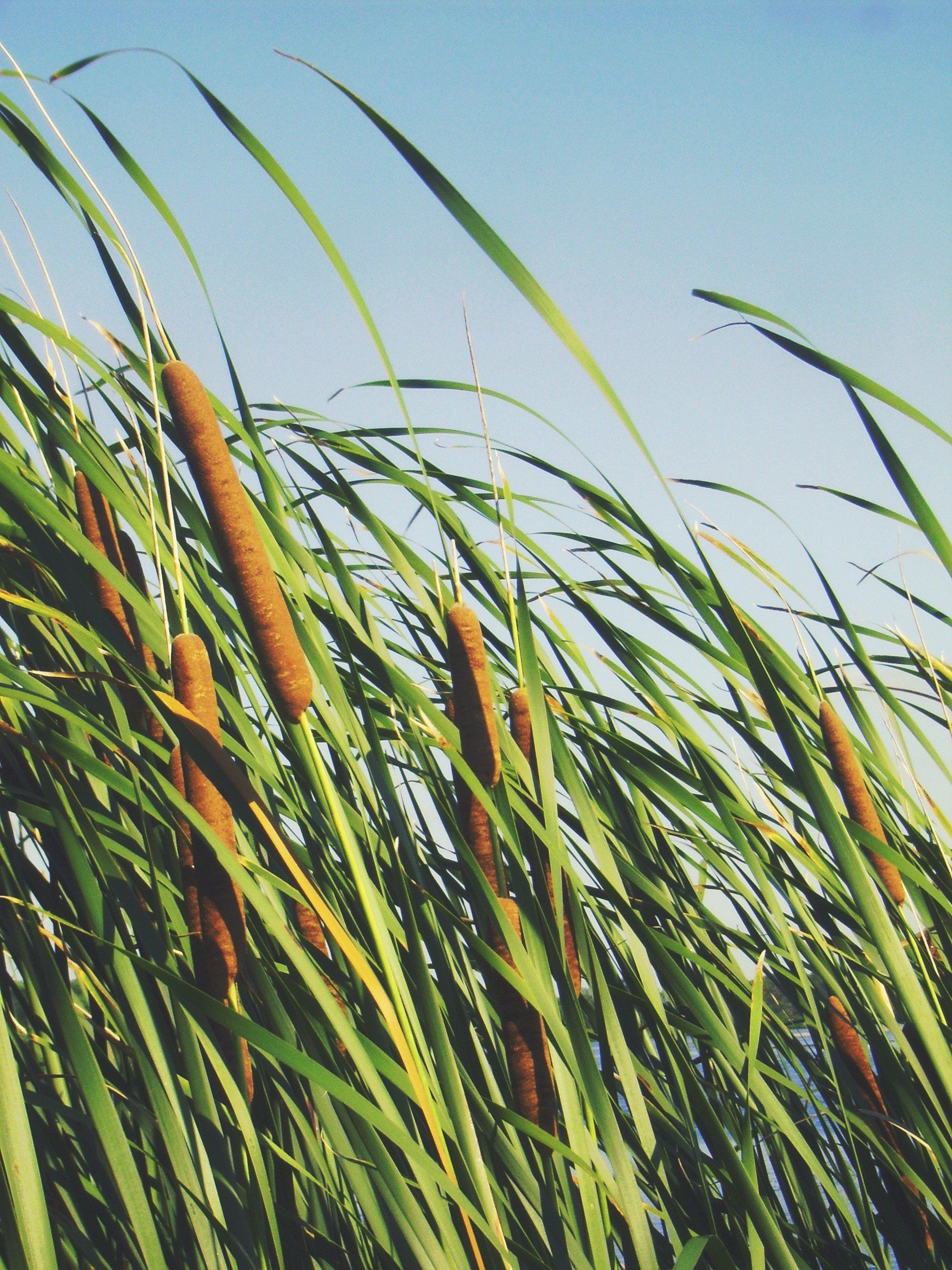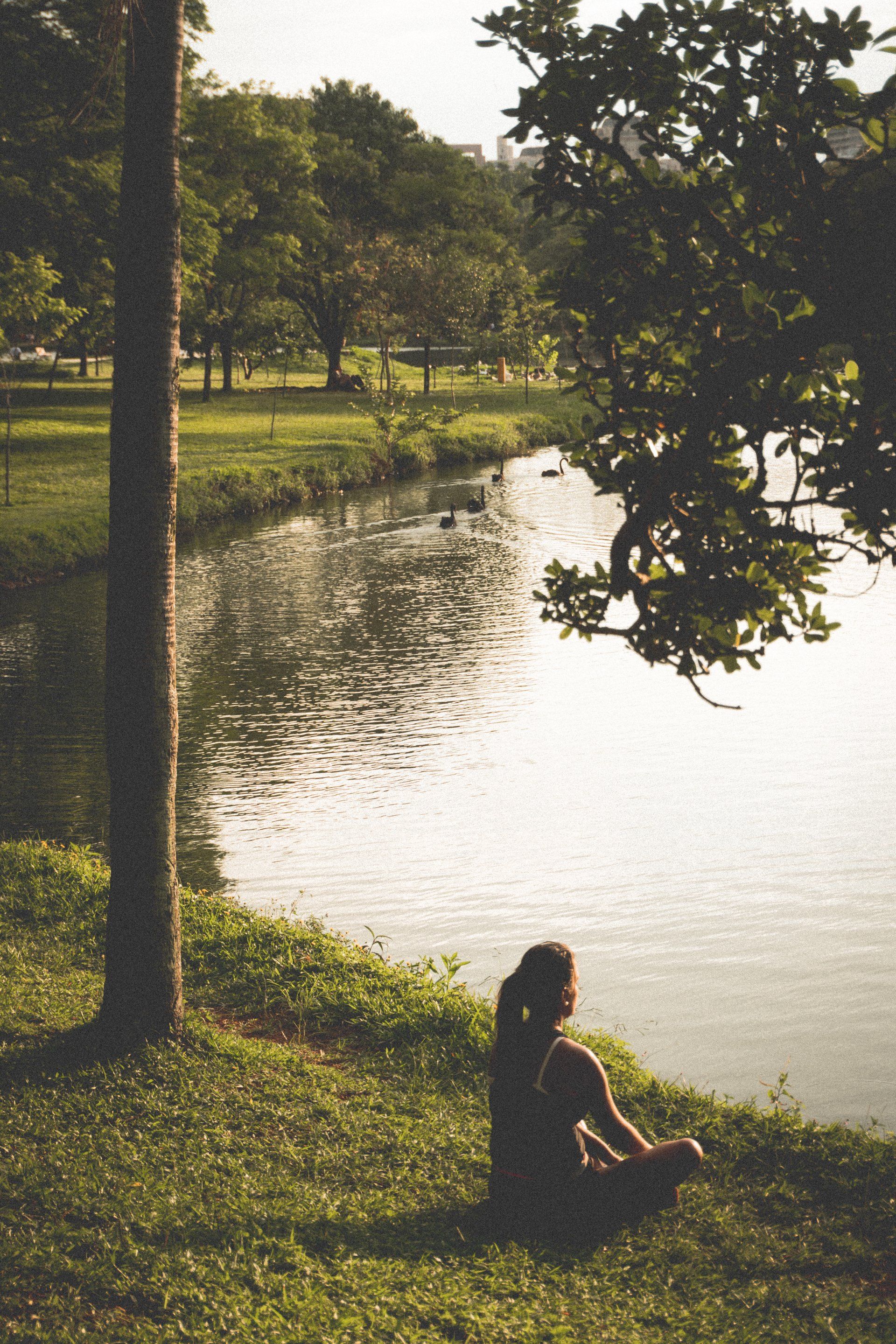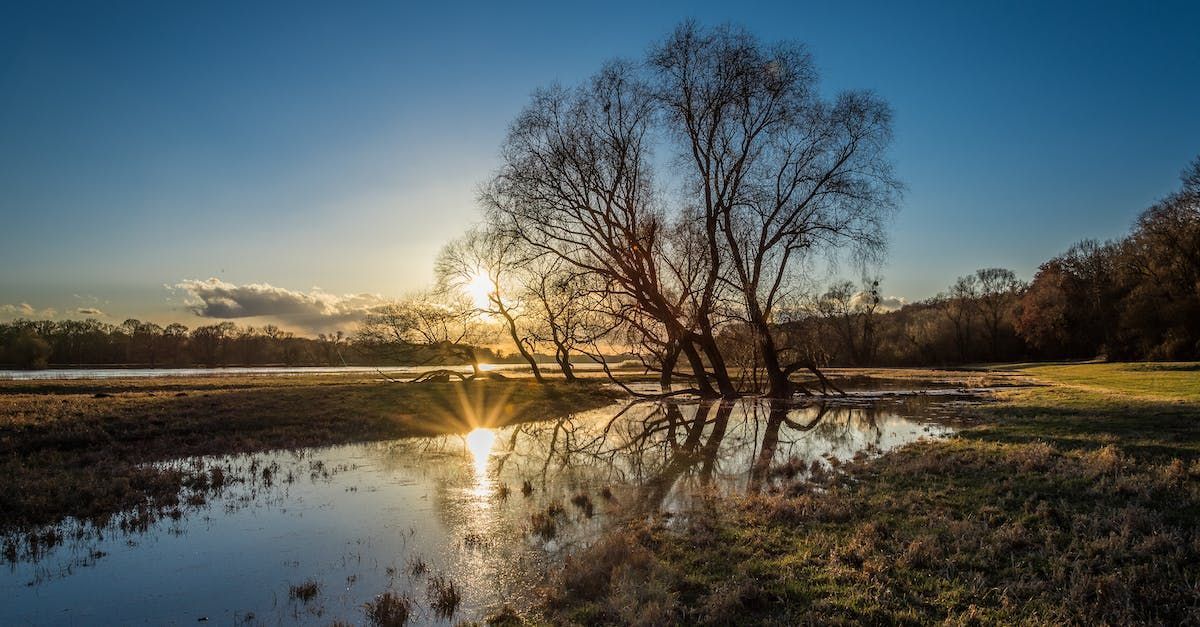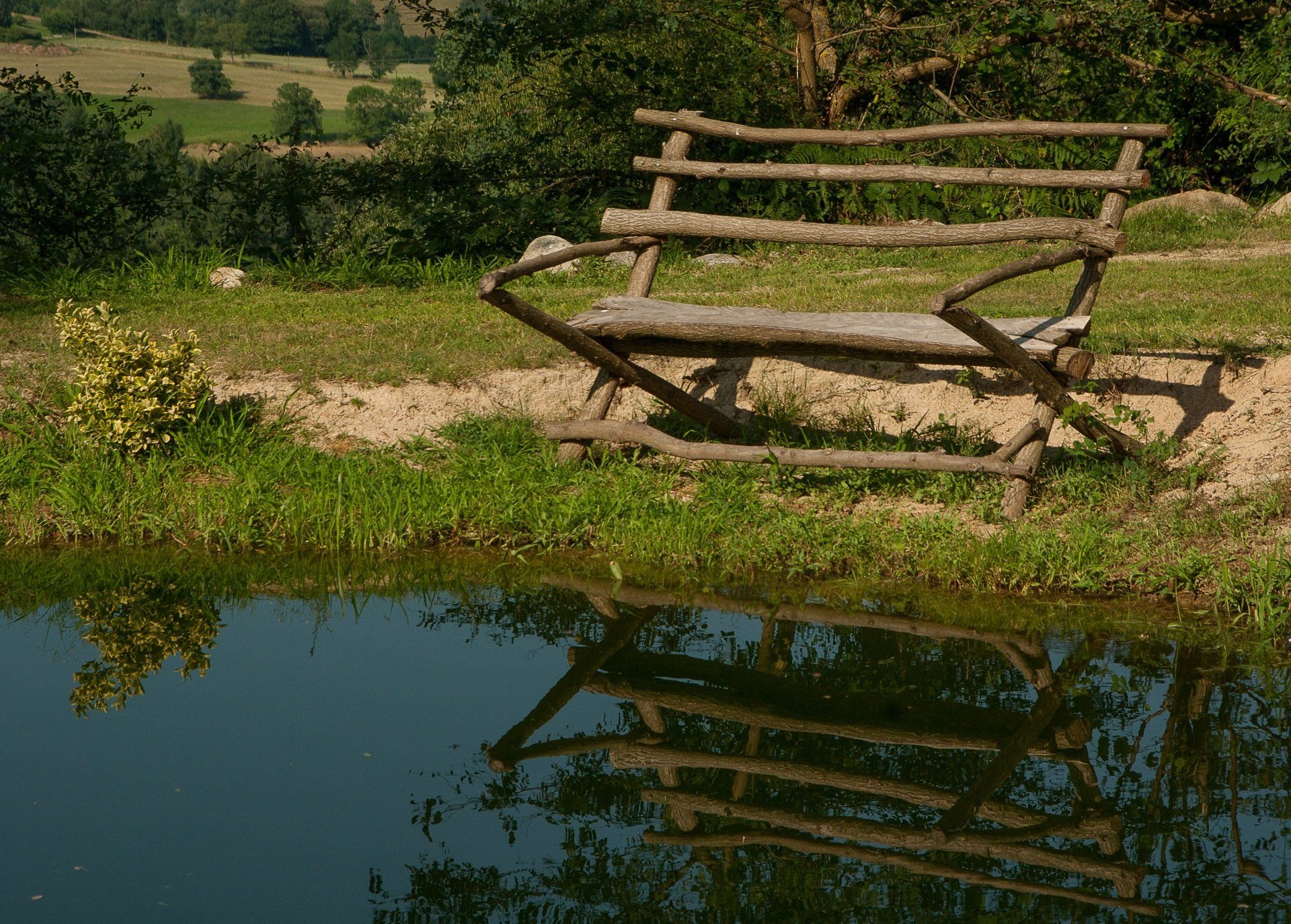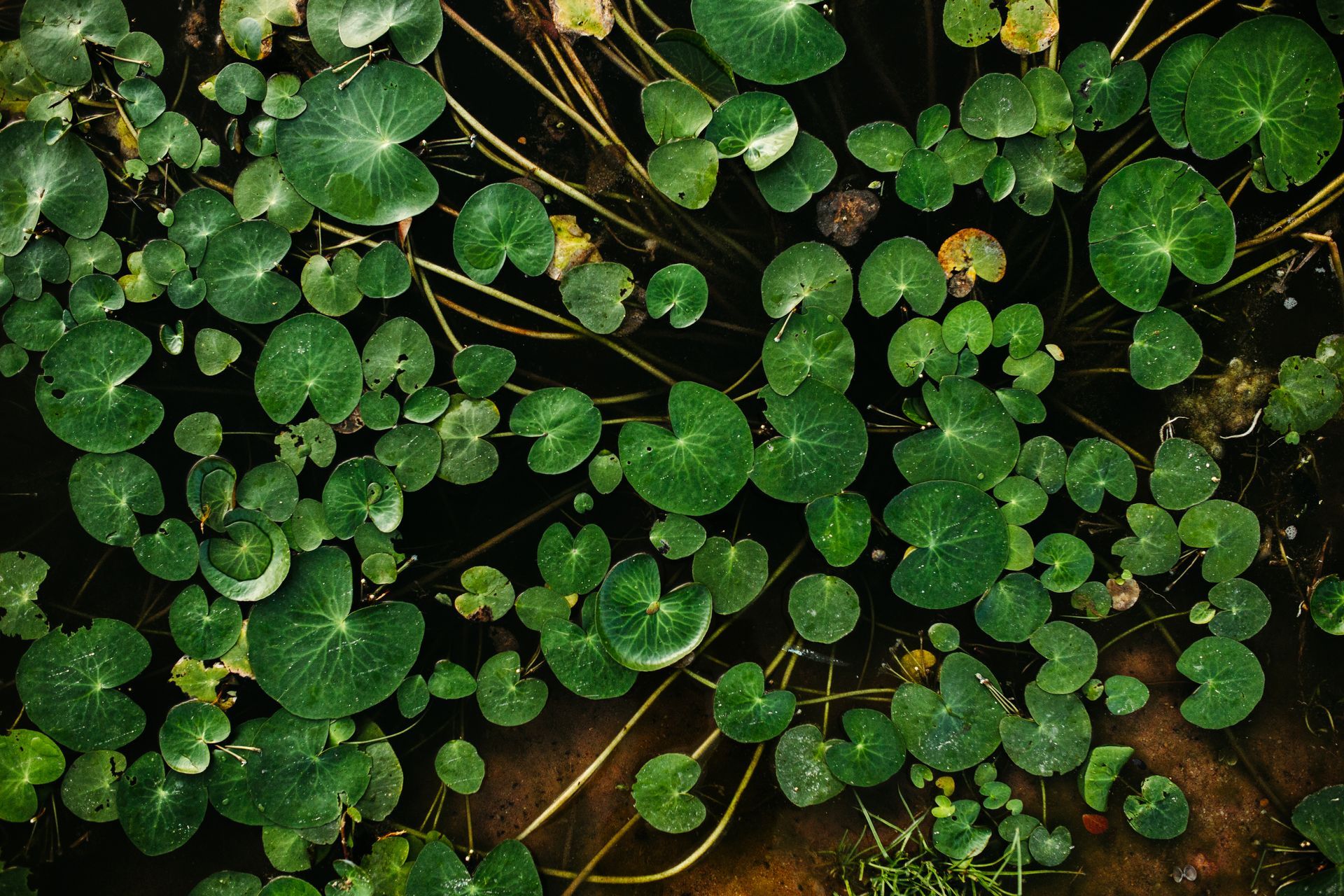Preparing Your Northeastern Agricultural Pond for Winter: Tips for a Smooth Transition
Winter's Approach Means Pond Care is Critical
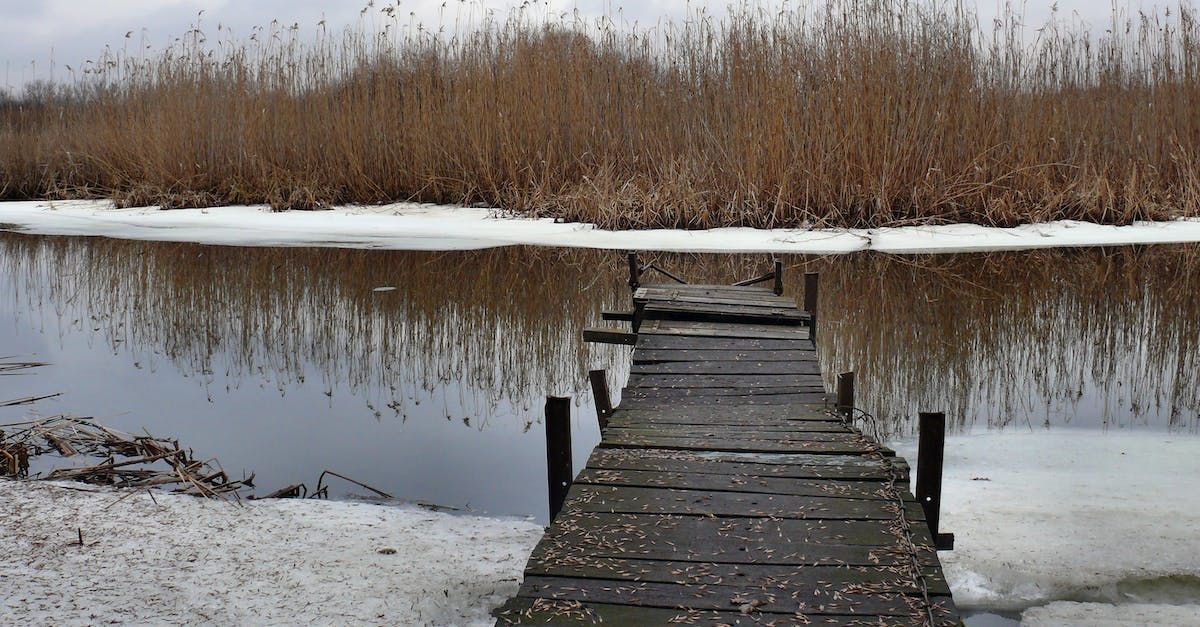
As winter approaches in the Western NY, it's crucial to prepare your agricultural pond properly. The cold season can pose unique challenges for ponds, including the risk of freezing and potential damage to equipment. Here are some essential tips to ensure your pond survives the winter intact and ready for the next growing season:
1. Clean and Remove Debris:
Start by cleaning your pond and removing any debris that may have accumulated during the fall. Leaves, branches, and other organic matter can decompose in the water, leading to poor water quality. Use a pond skimmer or net to remove surface debris, and consider using a pond vacuum to clean the bottom if needed.
2. Inspect and Maintain Equipment:
Check all equipment associated with your pond, such as pumps, aeration systems, and water intake structures. Make sure they are in good working condition and free of debris. Clean or replace filters as necessary. Properly store any equipment that won't be used during the winter to protect it from the elements.
3. Adjust Water Levels:
Before freezing temperatures set in, consider lowering the water level in your pond slightly. This can help prevent ice from pushing against the banks and causing damage. However, be cautious not to lower the water level too much, as this can lead to potential problems with fish overwintering.
4. Aerate the Water:
If you have an aeration system in your pond, it's beneficial to keep it running during the winter. Aeration helps maintain oxygen levels in the water, preventing fish kills and promoting the decomposition of organic matter at the bottom of the pond. If you're concerned about the system freezing, consider using a de-icer to keep a small area of the pond surface open.
5. Remove and Store Fountains and Surface Agitators:
If you have decorative fountains or surface agitators, it's advisable to remove and store them for the winter. These can be damaged by freezing temperatures and ice formation.
6. Prevent Ice Damage:
To prevent damage caused by ice expansion, consider using a pond de-icer or aerator to keep a small opening in the ice. This allows gasses to escape and prevents ice from pushing against the pond's edges. Be cautious about using heaters or de-icers near the shoreline, as they can disrupt the natural cooling process.
7. Winter Fish Care:
If you have fish in your pond, they may require special care during the winter. Ensure they have adequate oxygen by keeping the aeration system running or using a de-icer. Do not feed fish once water temperatures drop below 50°F (10°C) as they become less active and their digestive systems slow down.
8. Safety Precautions:
Finally, always exercise caution when working around your pond during the winter. Snow and ice can create slippery conditions, so take necessary safety measures to prevent accidents.
Need help with your pond? Please feel welcome to reach out to us with questions or fast professional pond service.

